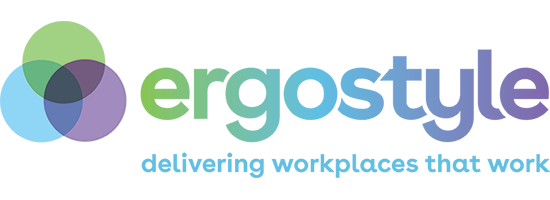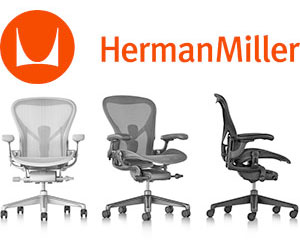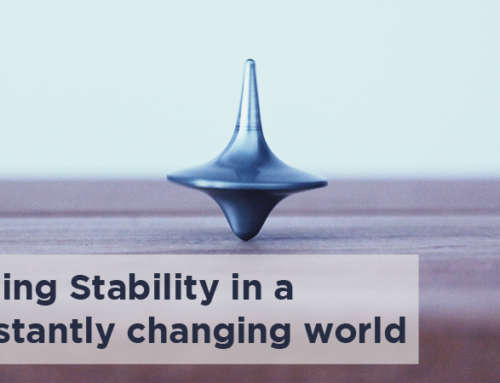The pandemic changed work forever. ‘Work’ is no longer a place we go. It’s a thing we do. Our attitude to work-life balance has been fundamentally changed by the pandemic.
Hybrid work has become a bargaining chip in the workplace. Employees want it, and they’re prepared to leave to get it, as illustrated when recently an executive from tech giant Apple has left the company allegedly for its return-to-work policy, according to reports.
A lot of employees feel hesitant about returning to the workplace after spending all this time at home working and figuring out their routines. Beyond the concerns over getting exposed to COVID-19, employees are also hesitant of leaving the remote setup that they have accustomed to.
Unfortunately, the ‘diminishing returns’ of hybrid and flexible working are also becoming apparent.
While remote working has been beneficial for workers’ choice of where they can live or how they arrange their schedule, the need for social reconnection in workplaces is now becoming apparent, after a long period of disconnection.
Hybrid-work policies can be challenging
If not properly implemented, with clear boundaries and rules for communicating, hybrid work can lead to a “two-class” system of workers that favours those working in person over those who don’t. That could exacerbate existing inequalities in the workplace.
To adopt a hybrid work model, you need the right people, processes, and technology. Here are a few things to consider when moving to a Hybrid model.
To build a hybrid model that works for your company, speak with your workforce to learn their needs.
So in designing hybrid work, consider the preferences of your employees—and enable others to understand and accommodate those preferences.
Some questions to include.
- Would you choose to work on-site to mainly focus on your own or collaborate with your team?
- How many days per week do you anticipate wanting to work on-site?
- If you had access to an office space closer to home, would you prefer to use that instead of commuting to the office?
When you find out what your people want out of hybrid work, you can begin to tailor your hybrid work model accordingly. For example, if people wish to come into the office for meeting-heavy days, you can ensure your meeting room management is set up to provide that seamlessly.

Build the infrastructure that supports fluidity
At its best, hybrid work will bridge the remote and on-site environments so employees can work together with ease. Investing in technology in the workplace, such as remote communication tools and on-site video conferencing equipment, will help enable this. Determine whether you need new tools or if you can leverage existing ones in new ways
Make company culture a priority
Company culture is the heart of your company. And the success of your hybrid work model depends on it. Be intentional about reinforcing your company culture as people come back into the office.
Create a great workplace experience
Workplace experience is the number one consideration in your hybrid work model actually working. While your employees may not be in the office every single day, it’s important to ensure that every day in the workplace is purposeful and intentional. The more people on-site, the better the experience is for those who are there to meet and collaborate in person.
Gather continuous feedback
As you continue to build a hybrid workplace that’s ideal for your company, remember to gather employee feedback.
The hybrid model is no longer an alternative style of work. It’s here to stay. But, like any working model, there are benefits and disadvantages. Companies today must meet the needs of their workforce or risk losing talent to employers that do.
As workplace leaders, remember, that offering people flexibility will result in greater productivity and results for your business.










Leave A Comment
You must be logged in to post a comment.